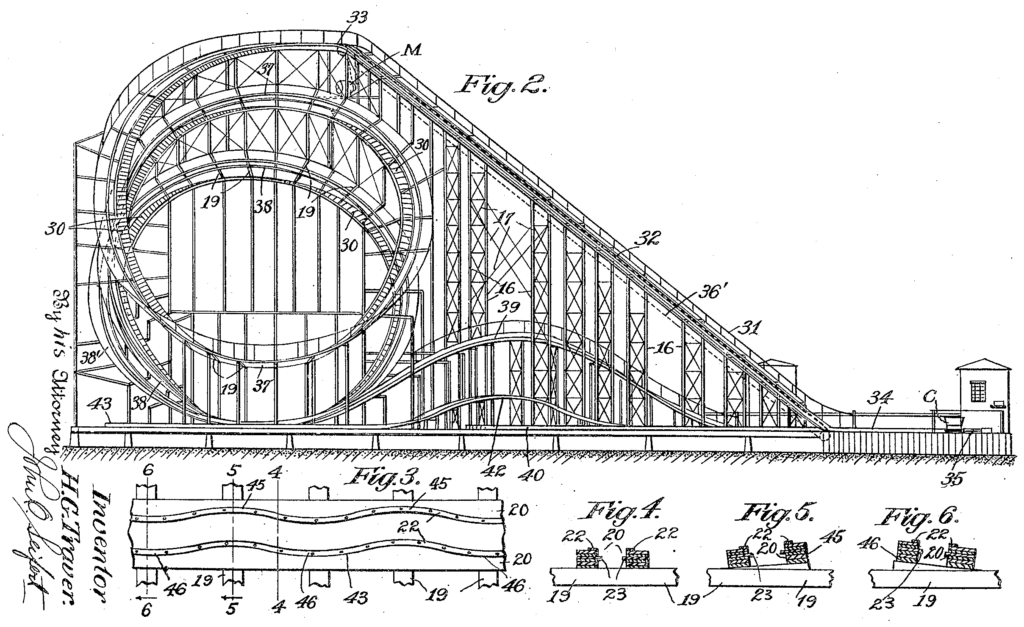Design patents are now established as an essential component of our clients’ China IP portfolios. They are reasonably priced, can be secured relatively quickly, and provide pretty good protection.
That said, it is important to understand the limitations of Chinese design patents. A design patent does not protect a product’s functionality or inner workings, nor will it protect a product’s manufacturing process. It does not even protect the materials or components used in a product. The only thing a design patent protects is the external appearance of a product. For this reason, the application for a design patent is short and sweet and cheap, with the substantive parts limited to orthographic drawings of the design and a brief description.
The main reason design patents can be acquired with relative ease in China is that they are not substantively examined. The China National Intellectual Property Administration (CNIPA) only examines design patent applications to confirm that the drawings and description meet formal requirements, that is, adequately describe the design. CNIPA does not attempt to determine if the design is the same as or similar to prior art. That sort of examination only takes place if the design patent is challenged.
Like other patents, design patents in China have a requirement of absolute novelty. If you have already disclosed or commercialized a product anywhere in the world, it is not eligible for design patent protection in China. This is a marked difference from trademarks, which can be registered at any time regardless of when use actually began. To be sure, it is almost always a good idea to file a trademark as soon as possible, even before use, but it is not not legally required.
Design patents are also different from copyrights, which are protected at the time of creation even if they are never registered.
Designs can theoretically be covered by overlapping forms of IP. For instance, the appearance of the product itself may be protectable under trademark, copyright, and patent regimes. However, while brands can choose the timing of a trademark or copyright application, with patents there is a rigid time window.
In the case of trademarks, a company will not be late – unless a third party beats them to the registrar and obtains prior rights. But when it comes to patents, companies can late just by operation of law if they do not register before disclosure.
File early and file often!

























